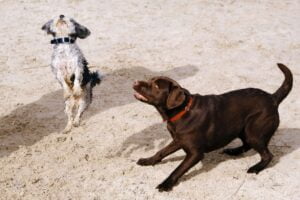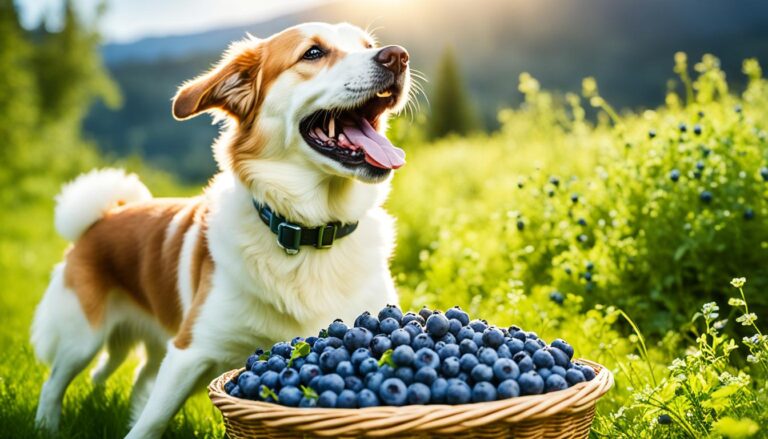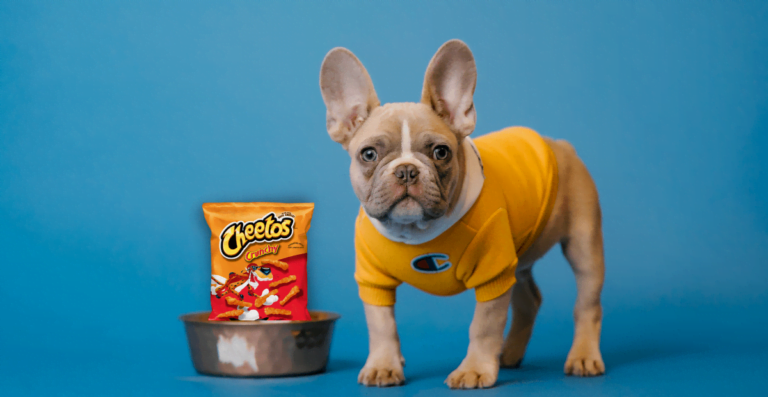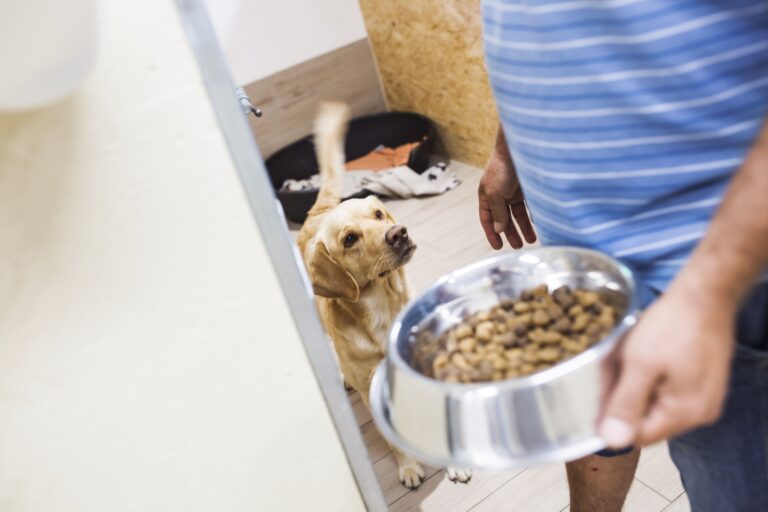Understand dog expression
Dogs are known for their expressive faces and body language, which can tell us a lot about what they are feeling and thinking. From the wag of a tail to the tilt of a head, dogs use their expressions to communicate with us and with each other. In this blog post, we will explore the importance of dog expressions and look at some of the most common and best expressions that our furry friends use. We will also discuss how to interpret these expressions and how to use them to better understand and bond with our dogs.
So whether you are a seasoned dog owner or just looking to learn more about these lovable creatures, read on to discover the wonderful world of dog expressions.
The importance of dog expressions
Dog expressions are important because they allow us to understand what our dogs are feeling and thinking. Dogs use a variety of expressions, including facial expressions, body language, and vocalizations, to communicate with us and with other dogs. By paying attention to these expressions, we can get a better sense of what our dogs are trying to tell us and respond appropriately.
Facial expressions are one of the most obvious ways that dogs communicate their emotions. A dog’s eyes, ears, and mouth can all convey different feelings and intentions. For example, a dog with a relaxed, open mouth and wagging tail is likely feeling happy, while a dog with tense body language and a closed mouth may be feeling anxious or fearful.
Body language is another important aspect of dog communication. Dogs use their entire bodies to convey their emotions, from the position of their ears and tail to the way they hold their bodies. For example, a dog with a relaxed, wagging tail is generally happy, while a dog with a tucked tail and tense body may be feeling anxious or afraid.
Vocalizations are another way that dogs communicate their emotions. Barking, growling, and whimpering are all common vocalizations that dogs use to express themselves. By paying attention to the tone, pitch, and volume of these vocalizations, we can gain insights into our dog’s emotional state.
Overall, understanding dog expressions is important because it helps us build a deeper bond with our furry friends and allows us to better meet their needs and address any problems they may be experiencing.
The most common dog expressions
Here are some common dog expressions and their physical characteristics:
- Happy: A happy dog may have a relaxed body posture and wagging tail, as well as a relaxed mouth and perked up ears. They may also make soft, playful vocalizations.
- Sad: A sad dog may have a drooping body posture and tail, as well as a downturned mouth and ears. They may also make low, mournful vocalizations.
- Fearful: A fearful dog may have a tense body posture and a tucked tail, as well as a closed mouth and flattened ears. They may also make high-pitched, anxious vocalizations.
- Anxious: An anxious dog may have a tense body posture and a wagging tail, as well as a closed mouth and perked up ears. They may also make soft, anxious vocalizations.
It’s important to note that these are just general guidelines, and every dog is different. It’s also important to consider the context in which the dog is expressing these emotions, as it can help provide additional clues about what the dog is feeling.
For example, a dog that is growling and showing fearful body language while being approached by a stranger may be reacting out of fear, while a dog that is growling and showing anxious body language while being left alone may be experiencing separation anxiety.
To learn more about dog expressions and how to recognize them, it may be helpful to observe your own dog and pay attention to the physical characteristics and context in which they are expressing different emotions. You can also do some research and study images and videos of dogs exhibiting different expressions.
The best dog expressions
One of my favorite dog expressions is the “puppy dog eyes” look, where a dog tilts their head and gives a sad, pleading look with their big, round eyes. This expression is often accompanied by a slight frown and a slightly downturned mouth. It’s hard to resist this look, and it’s a great example of how dogs use their facial expressions to communicate with us and get what they want.
Another favorite expression of mine is the “play bow,” where a dog lowers their front end to the ground while keeping their hind end and tail up. This expression is a clear sign that a dog is ready to play and can be accompanied by wagging tails and playful vocalizations. It’s always a joy to see a dog in this playful, energetic state, and it’s a great reminder of the importance of spending quality time with our dogs and providing them with plenty of opportunities for play and exercise.
Here are some pictures of dogs exhibiting these expressions:


Conclusion
In conclusion, dog expressions are a crucial aspect of dog communication and can provide us with valuable insights into our dogs’ emotions and needs. By paying attention to facial expressions, body language, and vocalizations, we can better understand and bond with our dogs. Some common dog expressions include happy, sad, fearful, and anxious, and each of these expressions has its own physical characteristics that can help us recognize them.
We hope that this blog post has helped you learn more about the wonderful world of dog expressions and how to interpret them. If you’re interested in learning more about this topic, there are many resources available, including books, websites, and videos. Some suggestions for further reading include “The Other End of the Leash” by Patricia McConnell and “How to Speak Dog” by Stanley Coren.
We encourage you to pay attention to your own dog’s expressions and see what you can learn from them. By understanding your dog’s emotions, you can build a deeper bond with them and provide them with the care and support they need.
Subscribe to our weekly newsletter below and never miss the latest article.







